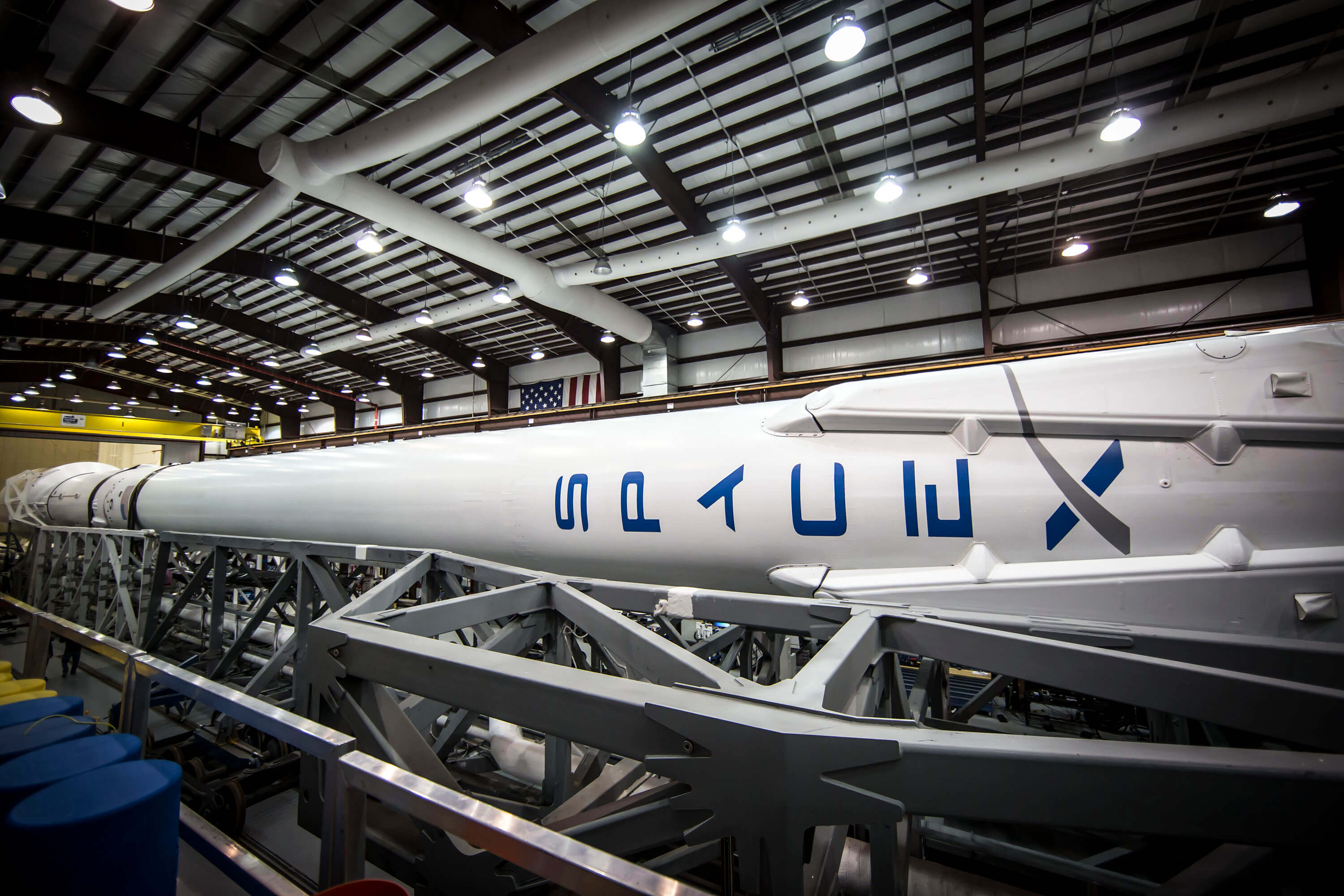
Following the successful launch of the Falcon Heavy rocket, SpaceX has kept celebrations short and is back to work on the next conversion of science fiction to reality. The next major goal is deploying a network of thousands of satellites that could offer high-speed internet around the world. Approval has been granted for two test satellites that could be used as part of a massive network.
There are still over 14 million Americans that lack access to internet services of any kind, and many more countries that could greatly benefit from stable internet access. SpaceX may have name recognition on its side, but the FCC is also approving similar projects. Telesat has already launched a prototype satellite on behalf of the Indian Space Research Organization and has plans to ramp up to 120 satellites in orbit by 2021.

SpaceX is likely unphased by small competition. By 2024, over 4,000 of its own satellites could be operational and providing high-speed internet access. Putting satellites into low earth orbit is expensive no matter how it is done, but SpaceX has a proven advantage in this regard. Test satellites will be deployed using refurbished Falcon 9 rockets that have been proven reliable after several launches.
The launch of the two experimental satellites is set for February 17 from California. In addition to the broadband-capable satellites, the main payload is the PAZ satellite for Hisdesat of Spain, which will be used for national security and defense. Multiple secondary payloads will also be on board the rocket, but no further details were provided.


